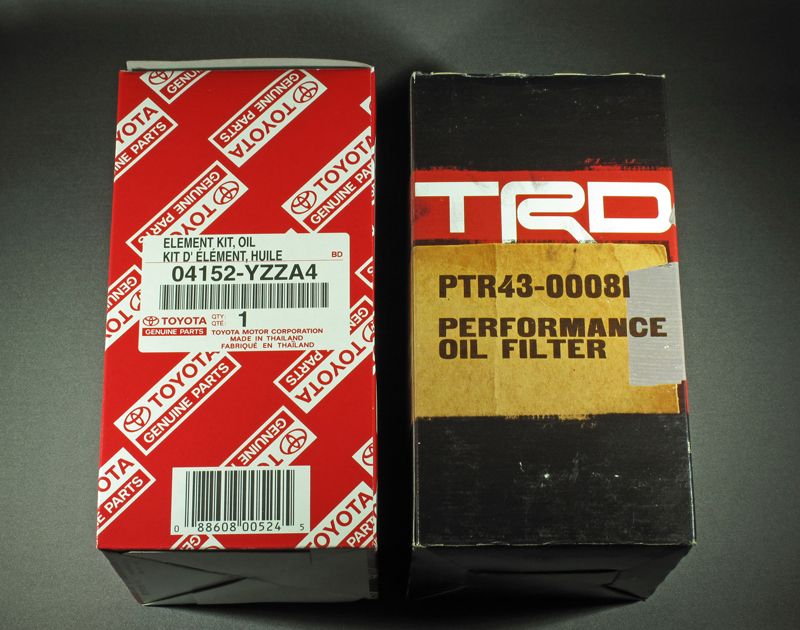CharlieS
GOLD Star
@linuxgod This post made me think of a device I have from a motorcycle called a Fuzeblock FZ-1 - it is similar form factor, but has the ability to have both ignition and always on, depending on how you place the fuse.If you aren't tied to a specific fuse block, there are options that can handle switched/unswitched circuits in a single block. Here's 1 example I found that might be a good option:
Motorcycle Accessory Fuse Box and Auxilary Power Solutions
Eastern Beaver PC-8 Motorcycle Fusebox with 8 fused circuits and 50A ability utilising Japanese quality partswww.easternbeaver.com
It sounds like it was originally designed for motorcycle use, so it's compact.
The only thing is, it has these screw clamps where you connect wires directly, not using a terminal like you would on the BlueSea panel.
It might be an alternative so you can have both switched and unswitched circuits.
The black module at the top of the unit is a built-in relay. On this one, there are only three fuses, the others are “off”. you can place the fuses to decide which circuits are constant on versus switched.
In mine shown above, the 2 amp fuse is set up for constant power, whereas the 10 amp fuses are set up to be energized when the ignition is on (or whatever 12v signal you might use for switching). I seem to recall having my auxiliary lighting on the ignition switched circuit and my gps on the constant, or something like that.
I could imagine using the switched circuit on your daughters phone charging port, and constant power on interior led lights and some other bank of charging ports that you use with the vehicle off, for example.
One thing is that you may be limited in the amount of amperage you can handle. These wires I used on a motorcycle are MUCH smaller size than the large gauge wire I ran to the cargo area in my last land cruiser.
Maybe you could run your large gauge wire back to the 100amp blue sea distribution panel, and then use one of the branch circuits off the BlueSea panel to run to this device that you run your additional switched circuits off. It would basically be the same as the relay idea proposed earlier in this thread, but a lot more tidy an install to handle multiple circuits. And you could hook up the more power intensive loads like fridges, etc, to the BlueSea.

Fuzeblocks FZ-1 Distribution Block-FBLK-FZ1
www.fuzeblocks.com
Last edited:


